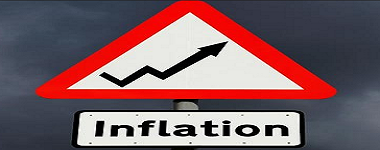Let me close this blog series with a few observations on the criticism that measures of core inflation, and specifically the CPI excluding food and energy, disconnect the Federal Reserve from households and businesses “who know price changes when they see them.” After all, don’t the members of the Federal Open Market Committee (FOMC) eat food and use gas in their cars? Of course they do, and if it is the cost of living the central bank intends to control, the prices of these goods should necessarily be part of the conversation, notwithstanding their observed volatility.

In fact, in the popularly reported all-items CPI, the Bureau of Labor Statistics has already removed about 40 percent of the monthly volatility in the cost-of-living measure through its seasonal adjustment procedures. I think communicating in terms of a seasonally adjusted price index makes a lot of sense, even if nobody actually buys things at seasonally adjusted prices.
Referencing alternative measures of inflation presents some communications challenges for the central bank to be sure. It certainly would be easier if progress toward either of the Federal Reserve’s mandates could be described in terms of a single, easily understood statistic. But I don’t think this is feasible for price stability, or for full employment.
And with regard to our price stability mandate, I suspect the problem of public communication runs deeper than the particular statistics we cite. In 1996, Robert Shiller polled people—real people, not economists—about their perceptions of inflation. What he found was a stark difference between how economists think about the word “inflation” and how folks outside a relatively small band of academics and policymakers define inflation. Consider this question:
And here is how people responded:
Seventy-seven percent of the households in Shiller’s poll picked number 2—”Inflation hurts my real buying power”—as their biggest gripe about inflation. This is a cost-of-living description. It isn’t the same concept that most economists are thinking about when they consider inflation. Only 12 percent of the economists Shiller polled indicated that inflation hurt real buying power.

